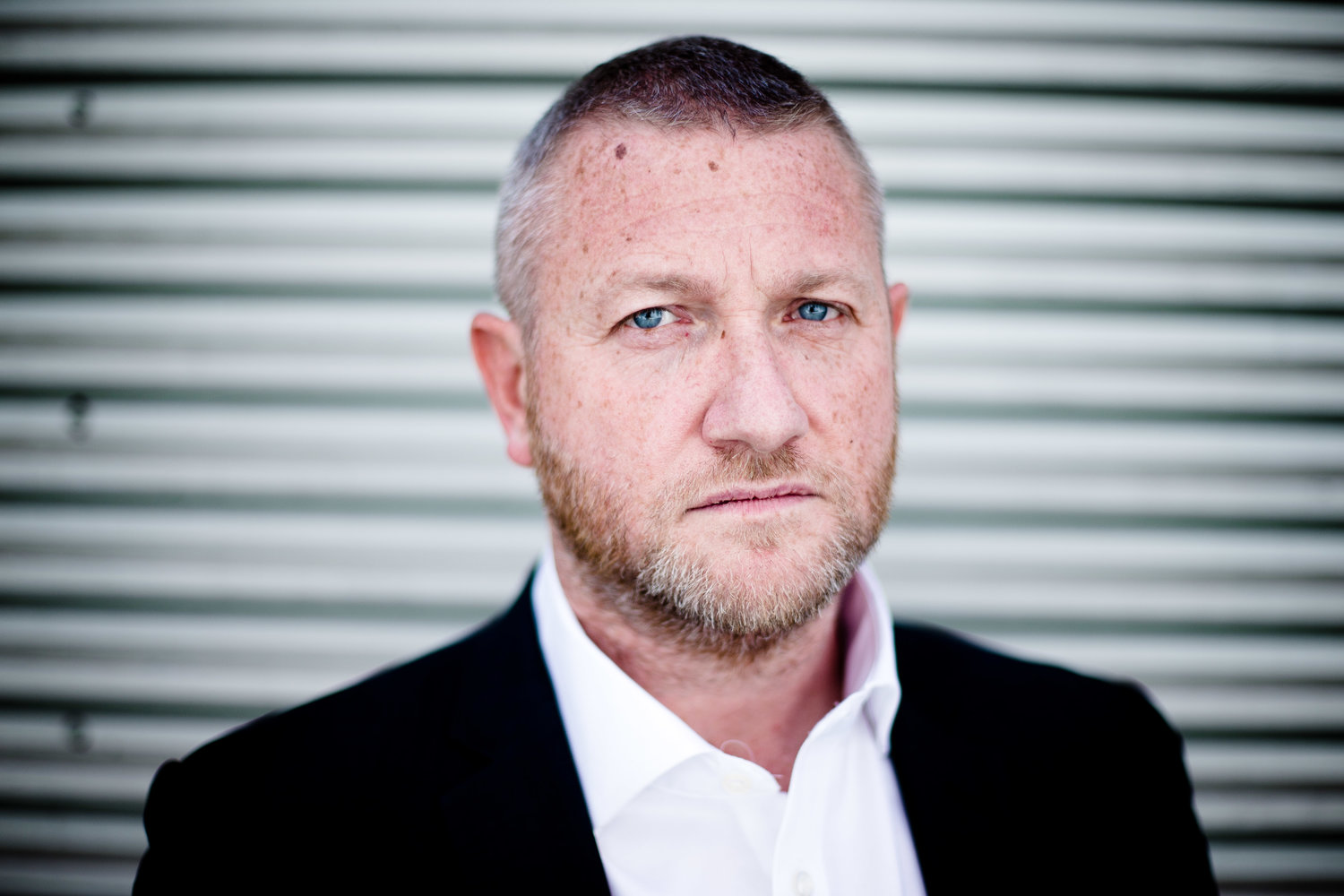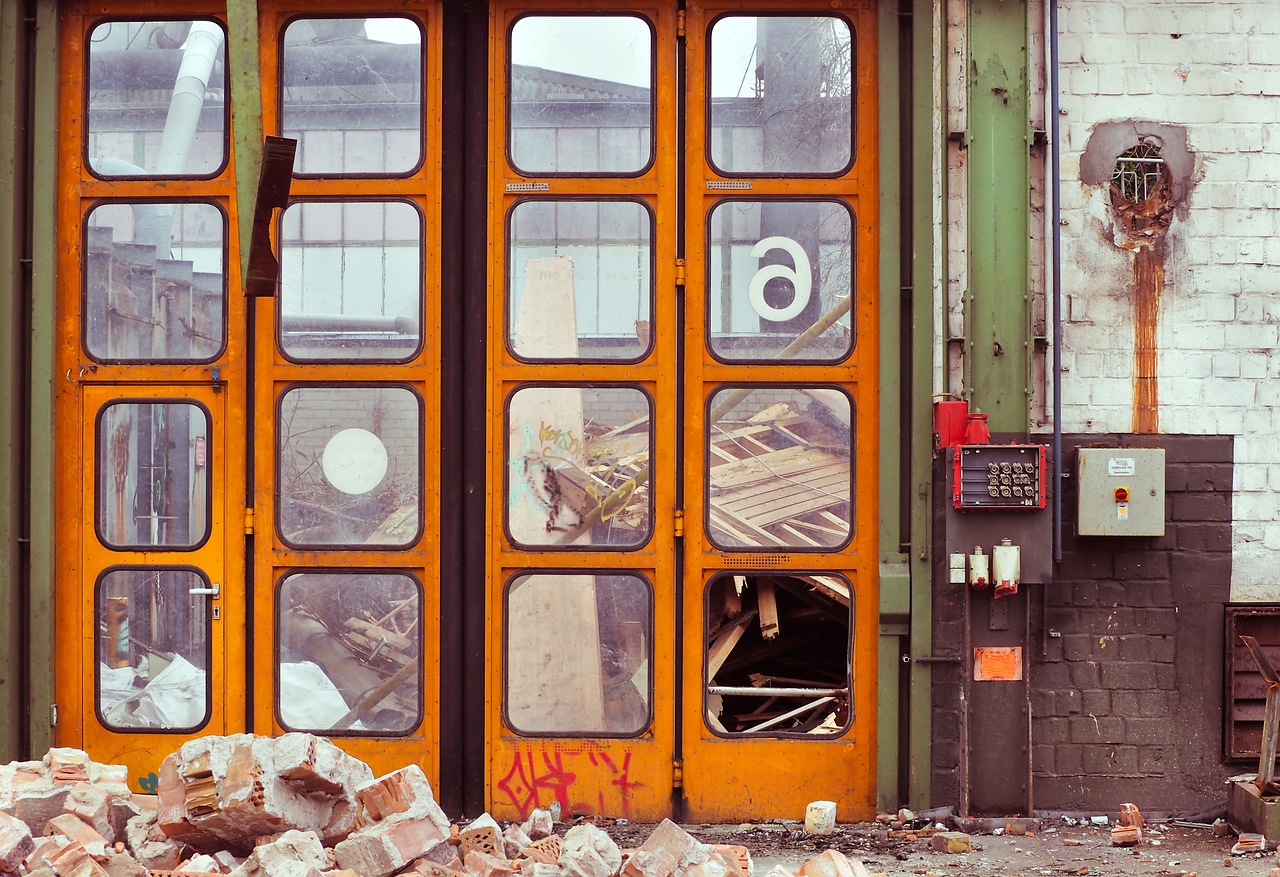A SMASHED AND BROKEN CITY
It’s an old term now, we hear it less and less - Zero Tolerance Policing
But when I joined the Metropolitan Police in early 1990s London, it was all the rage. Junior officers like me, had researched it for our interviews, and academics were trumpeting it as a way of drastically reducing crime rates. At the time, the term was synonymous with policing in New York City.
In the late eighties and early nineties, New York was the murder capital of the United States. Put simply, it was one of the most violent cities in the world. Those that travelled there at the time, particularly from the United Kingdom, would be careful where they roamed, and often use words such as ‘dangerous’, ‘oppressive’ and ‘unsafe’ to describe the place.
In 1990, more than 2,200 people were murdered in New York, and more than 93,000 New Yorkers were robbed. But by 2007, the murder rate had been cut by a massive 78% to 494 murders. Robberies had also fallen to record lows, cut to under 22,000 - a 77% drop.
The huge improvements in New York started under Mayor Dickens who hired an additional 7,000 police officers. They continued under Mayor Giuliani, who from 1993, is widely credited with putting Zero Tolerance Policing on the map. He aggressively pursued a policy of targeting what us Brits would class as ‘petty crimes’ here. New Yorkers could be fined $100 dollars on the spot for things such as walking their dogs without a leash in the wrong park or at prohibited times.
In 2003, under yet another new mayor, an NYPD initiative called Operation Impact poured police officers onto the streets in identified high-crime areas. Rapes, robberies, burglaries, car thefts and violent offences all fell.
Broken Windows
Many say that Zero Tolerance Policing comes from the 'Broken Windows Theory’, which was first introduced by American academics, George Kelling and James Wilson, back in 1982. This theory claims a link between disorder and crime:
“Consider a building with a few broken windows. If the windows are not repaired, the tendency is for vandals to break a few more windows. Eventually, they may even break into the building, and if it’s unoccupied, perhaps become squatters or light fires inside.
Or consider a pavement. Some litter accumulates. Soon, more litter accumulates. Eventually, people even start leaving bags of refuse from take-out restaurants there or even break into cars.”
This wasn't the first time in modern day history such a hypothesis had been raised. Back in 1969, well before the introduction of the Broken Windows theory, Philip Zimbardo, a Stanford psychologist, arranged an experiment testing something similar:
“He arranged to have an automobile without license plates parked with its hood up on a street in the Bronx and a comparable automobile on a street in Palo Alto, California. The car in the Bronx was attacked by “vandals” within ten minutes of its “abandonment.” The first to arrive were a family—father, mother, and young son—who removed the radiator and battery. Within twenty-four hours, virtually everything of value had been removed. Then random destruction began—windows were smashed, parts torn off, upholstery ripped. Children began to use the car as a playground. Most of the adult “vandals” were well-dressed, apparently clean-cut whites. The car in Palo Alto sat untouched for more than a week. Then Zimbardo smashed part of it with a sledgehammer. Soon, passersby were joining in. Within a few hours, the car had been turned upside down and utterly destroyed. Again, the “vandals” appeared to be primarily respectable...”
The article surmised that vandalism occurs much more quickly in places where the community generally seems not to care. Untended property then becomes fair game for people out for fun or plunder - and eventually even for people who ordinarily would not dream of doing such things and who would probably consider themselves law-abiding.
Vandalism and theft can therefore occur in any civilised community when communal barriers—the sense of mutual regard and obligations of civility—are lowered by actions that suggest no one cares. Yet, where people believe that private possessions are cared for, and that mischievous behaviour is costly, these actions are fewer and far between.
New York is a very similar city to London. It has similar numbers of inhabitants and has a generally similar number of police officers, so comparisons are easy to make. There is ample evidence to show that raising the number of police officers, and clamping down on all offenders, even minor offences, has a dramatic affect on more serious crimes and improves the quality of life for all.
Further experiments in 2008, conducted by the University of Groningen in the Netherlands, put the Broken Windows theory to the test. A €5 Euro note was left protruding from an envelope poking from a mailbox. The team discovered that people were less likely to steal the money if there was no graffiti or litter on or around the mailbox. 13% of the passers-by stole the money when there was no litter or graffiti. Thefts doubled if there was visible graffiti and litter nearby.
Another experiment tested motorists’ propensity to trespass when returning to collect their cars through an illegal, 200-metre short-cut to the car park. If bicycles had been illegally locked to railings next to the forbidden entrance, motorists were three times more likely to use the shortcut.
The researchers concluded that: People will commit crime if they think they can get away with it, because they believe other people already have.
So clamping down on crime, disorder and low level activity, prevents crime higher up the chain. And adding more police officers bolsters this further.
Why then is the UK government pursuing these policies in reverse?
Since 2010, the Tory government, under Prime Minister David Cameron and the then Home Secretary, Theresa May, have continuously cut police budgets. As 80% of the police budget is spent on wages, these cuts have resulted in less police officers and police staff - with police numbers now at their lowest since 1985.
In 2015, 7,580 people were recorded as sleeping rough in London. This number has increased every year since 2007, and is now more than double the numbers in the mid-2000s. With homelessness, comes litter, anti-social disorder and lots of other sorts of visible crime - it is the most obvious example of a city's ability to look after its people - very much the human example of the broken window.
Vehicle crime in London is at its highest in years, reversing decades of decline. This is mainly fuelled by trends in moped-enabled crime, where mopeds have become hot property for organised criminal gangs with which to commit robberies and thefts. Violent crime in London has nearly doubled during the Tory government's rein. Theft from persons - that's pickpocketing and snatches of valuables - is also at its highest in many years.
But it’s not just police numbers that have been cut. At the same time, the Tory Government, and now the new Labour mayor, Sadiq Khan, have both aggressively pursued the police in London, to cut the number of stop and searches. Stop and searches are now at their lowest level in a decade, less than half what they were in 2010. So the public are seeing less police, less police activity, more crime, more rubbish, and more homelessness.
If this wasn’t bad enough on its own, the government has denigrated rank and file officers over and over, stripping them of confidence in their role. They have appointed a frankly disastrous, former rail regulator as head of Her Majesty's Inspector of Constabularies. They abolished the Association of Chief Police Officers (ACPO), which for many years led the development of policing practices in England, Wales, and Northern Ireland and replaced it with a body under its direct control. They bolstered and legislated to give the Independent Police Complaints Commission wider and wider powers which, arguably, have done very little to improve anything at all, and whose ham-fisted press releases, both in 2011 and this year, have fermented distrust between the police and Londoners and contributed to disorder on the streets.
London and New York: heading in different directions
Our government has pursued policies which are the total opposite of what happened in New York. They have applied the ‘Broken Windows theory’ in reverse - they are to my mind responsible for allowing and enabling the broken windows in the first place. Along with this, there have been totally unwarranted attacks on police officers, on their pay, and on every single structure that supported them
Is it any wonder that crime is doing the reverse of what it did in New York?
Virtually every crime indicator, particularly those of violent crime and murder, are rising fast. We are in the midst of a robbery epidemic in London, being enabled by teenagers on mopeds who, put simply, are doing exactly what they want, and most police officers are powerless, due to changes in the pursuit framework and a lack of legal protection, to do anything about it. And, as more people get away with crime, so the experiments show, more people will commit crime.
And what do we hear from the government about any of this? Nothing.
We need a complete change of direction. This failed experiment, where we have done the reverse of New York, must stop. Theresa May must go - she is an utter disaster, totally inept, and huge part of the problem. Sadiq Khan needs to shape up, stop chasing bad advertisements on the Tube, and start focussing his efforts on the real issues of our crime problem.
We need to go back to being tough on criminals and stop messing about with the pathetic vociferous few who wish us to live in a crime infested cesspit in the name of not upsetting criminals or hurting their feelings. We need Zero Tolerance Policing. We need more police officers, rather than subsidising the current numbers with civilians, or PCSOs, or specials, or volunteers. Indeed, we need properly paid, properly warranted police officers, who clamp down on criminals hard under a tough, no-nonsense mayor and a tough, no-nonsense Prime Minister.
I’ve been extremely vocal in the media recently, particularly around the moped crime epidemic. Just a couple of weeks ago, I witnessed a violent robbery right in front of me, which sadly I couldn’t stop, where two thugs on a moped slashed a man's face and stole his bag in broad daylight, in one of the busiest areas of London.
I’ve lived in London most of my life. I grew up here. It’s one of the best cities in the world. But even with my loyalty to it, even with pretty unshakeable belief in it being an amazing place, a belief that I held even through the dark days of the IRA bombing of Canary Wharf, the 7/7 bombings and the recent Westminster and London Bridge attacks - even I’m starting to see it as a crime infested cesspit, akin to that of nineties New York.
And I’m not the only one.
If we don’t reverse this trend, I am genuinely fearful for the future of law and order here in London.
David Videcette is a former counter-terror investigator with Scotland Yard who was a lead detective on the intelligence development cell during the 7/7 London bombings investigation. He is the author of The Theseus Paradox which explores the motives behind 7/7, and The Detriment, which looks at the 2007 attacks on Glasgow airport.






















